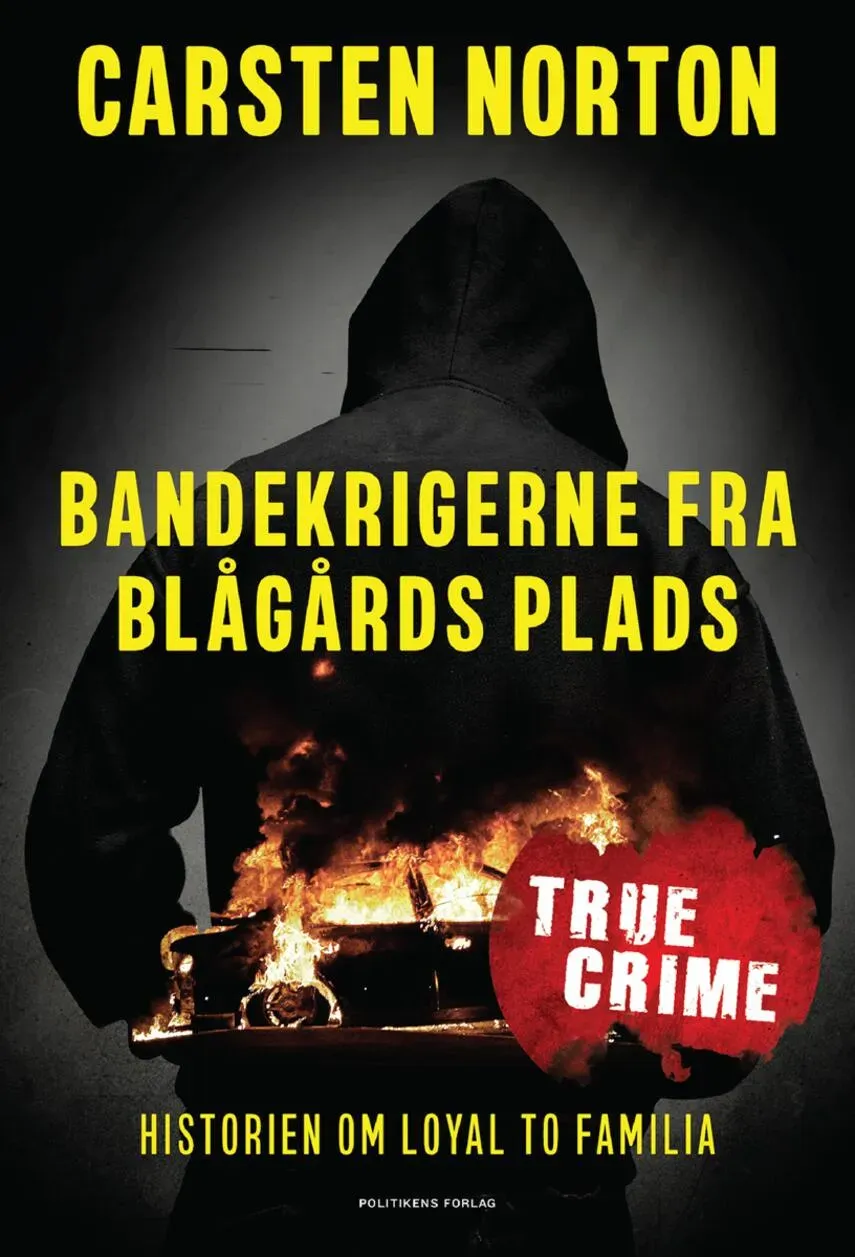
Media
Understanding their powerful role and the dangers of true crime coverage
How does media influence true crime? From crucial information to 'trial by media' and scandals. Delve into their complex and powerful role.
Understanding their powerful role and the dangers of true crime coverage
The media's role in true crime: balancing info and risk
In true crime, the term 'media' encompasses a wide range of platforms and channels – from traditional newspapers and TV news to modern blogs, podcasts, and social media – all of which report on and disseminate information about criminal cases, investigations, and prosecutions. The media's role in true crime coverage is complex and often twofold. On one hand, they are crucial for informing the public, stimulating public debate, and, in some cases, actively contributing to solving cases, for example, by publishing wanted notices or bringing forward new witness testimonies. On the other hand, media coverage, especially intensive journalistic coverage of a high-profile case, can inadvertently complicate ongoing investigations, affect witness memory, or create a distorted picture of events through sensationalism or selective reporting, which can lead to a potential scandal.
When media judges pre-trial: Understanding 'trial by media'
The media's influence on true crime cases is profound and can significantly shape public opinion about both victims and alleged perpetrators, often long before a case reaches the judicial system. This intensive coverage can lead to what is often termed 'trial by media,' where an individual is effectively convicted in the court of public opinion. Such massive media focus, especially in a high-profile case, can place enormous pressure on investigators and prosecutors. These actors must constantly navigate between public demands for transparency and the critical need to protect the integrity of an ongoing investigation to ensure due process. The rise of social media has further intensified this dynamic; here, information – and potentially harmful misinformation – spreads with lightning speed. This creates new, complex challenges for both authorities and the parties involved, whose lives can suddenly be exposed and dissected publicly, which in itself can escalate into a scandal.
Media responsibility: Breaking news vs ethics in true crime
A thorough understanding of the media's role is therefore essential for analyzing true crime, as they function not merely as passive observers but as active participants who shape the narrative and potentially influence the course and final outcome of cases. The media's constant search for news, driven by an insatiable public appetite for crime stories, means that balancing thorough, informative journalism with the risk of harmful exposure is an ongoing challenge. This tension underscores the importance of media ethics and responsibility in both criminal justice and the reporting of real-life crimes, especially when cases become high-profile or risk turning into a public scandal.
Interested in how media shapes criminal cases? Explore examples of 'trial by media' and media-created scandals. Delve into real-life cases involving Media – find our exciting cases below.
Posts Tagged “Media”
171 postsShowing first 20 of 171 posts. Use search or filters to find more.





.webp&w=3840&q=75)













